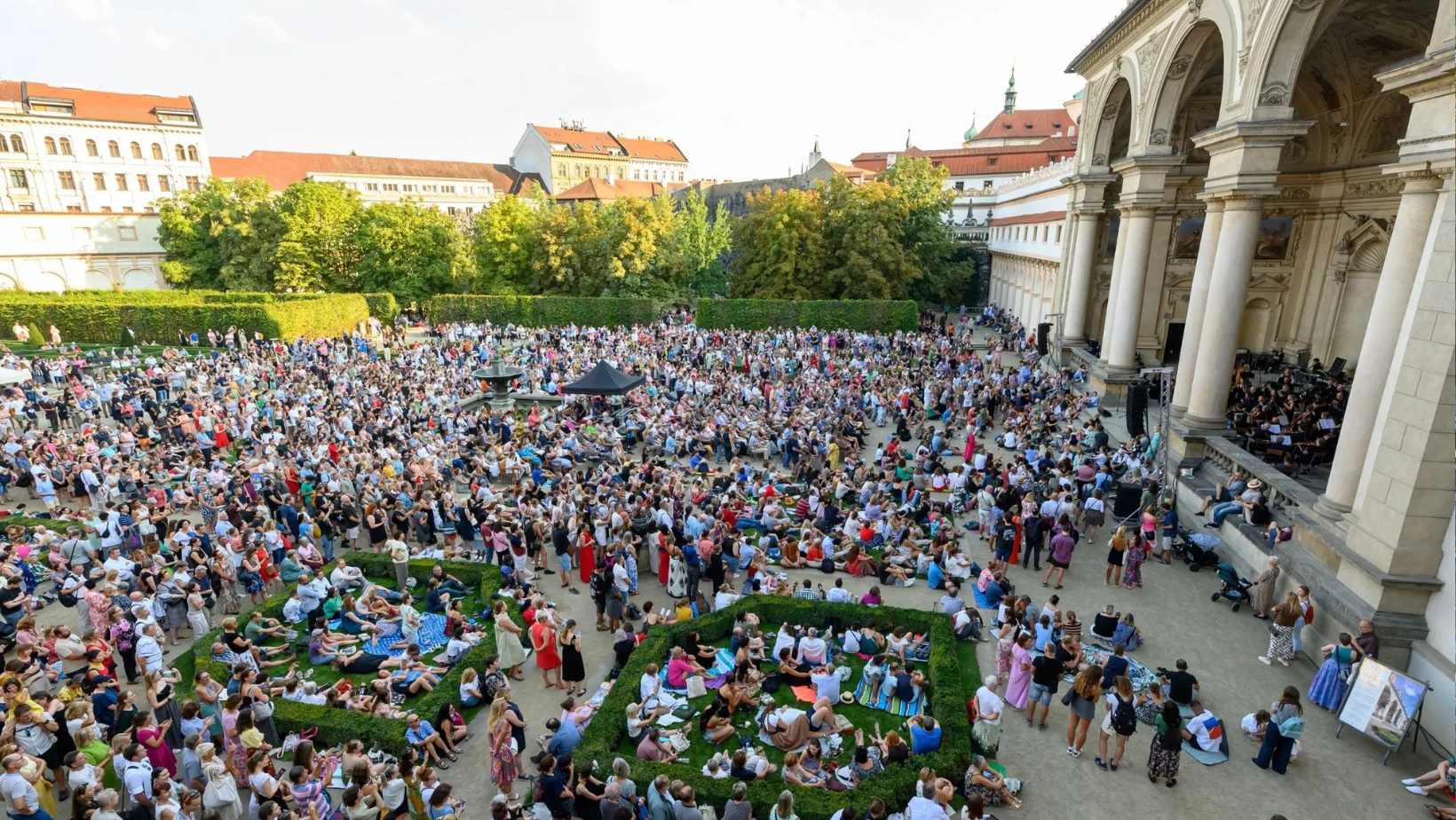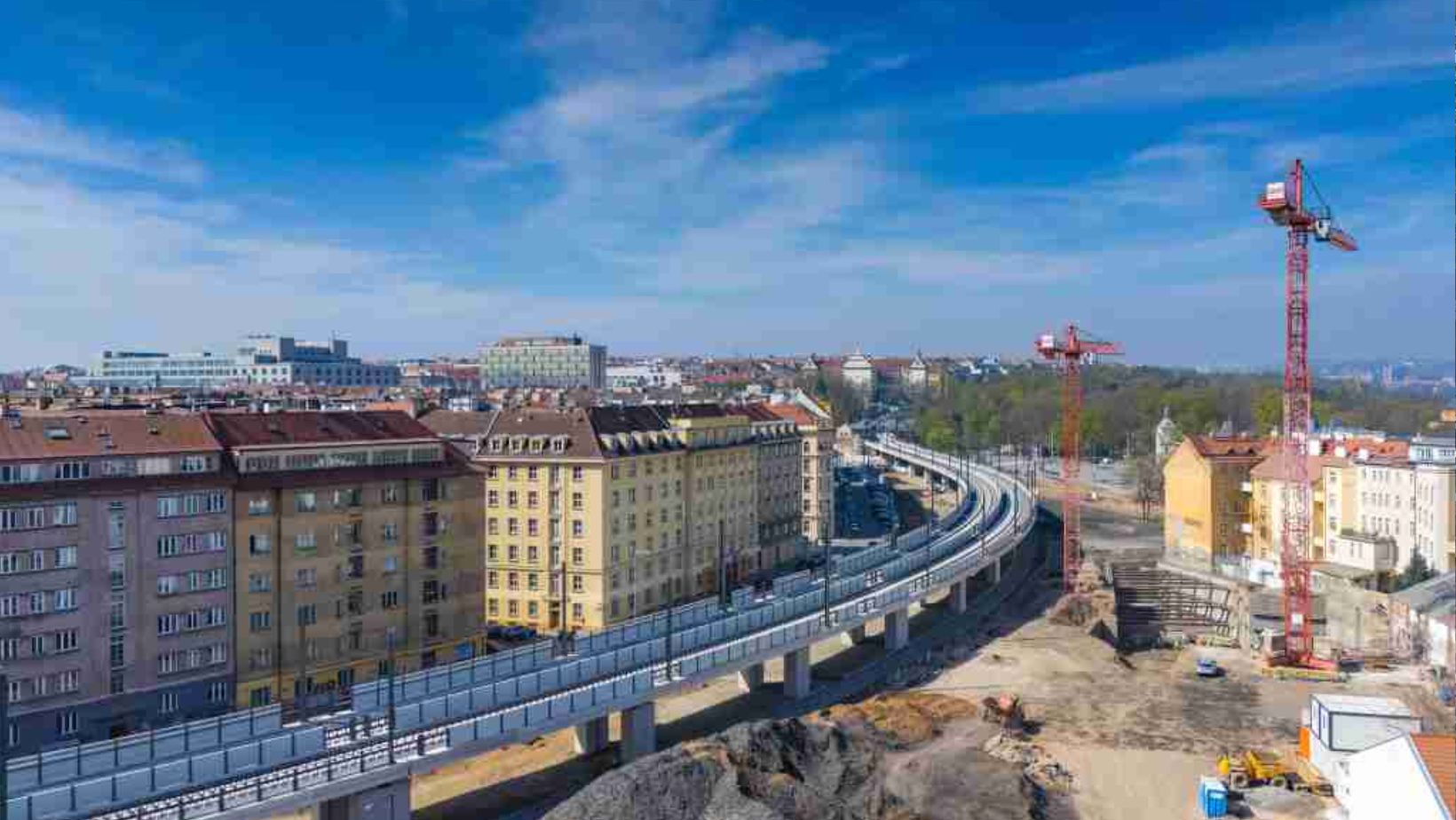The Czech Republic's Population is Aging Faster Than Ever-Here's Why
Prague Morning

The average age in the Czech Republic is rising at a rapid pace. In 2023, it reached 42.8 years, a significant jump of four years since the turn of the century.
Among regions, Central Bohemia holds the youngest population, with an average age of 41.5 years, followed closely by Prague at 41.7 years.
Unlike other parts of the country, these areas have seen little change in average age over recent years. On the other end of the spectrum, Zlín Region has the oldest population, averaging 43.9 years.
This data, published by the Czech Statistical Office, highlights how Prague is handling population aging better than most regions. The average age in the capital has only risen by half a year since 2000, remaining relatively stable over the past two decades. In fact, the last two years saw the lowest average age in the city in over a decade.
“Both Central Bohemia and Prague attract younger populations due to better job opportunities,” says Tomáš Fiala, a demographer from the University of Economics in Prague. He adds that this migration, including an influx of foreign workers, helps balance the population age.
In Prague, for instance, foreigners made up around 25% of the population last year—a dramatic increase compared to just 5% at the end of the 20th century.
On the flip side, regions like Olomouc and Zlín have the lowest proportion of foreigners, with immigrants making up just 4% of the population.
Some Regions Age Faster Than Others
According to statisticians, residents of Karlovy Vary have experienced the largest increase in average age, with a jump of 5.9 years since 2000. Moravian-Silesian residents saw a close 5.7-year increase.
Looking toward the future, the Central Bohemian Region is in the strongest position. For every 100 children under the age of 14, there are only 106.3 residents aged 65 and older. In contrast, the Karlovy Vary Region faces a more concerning ratio, with 149 seniors per 100 children.
This age index, which compares the ratio of seniors to children, has worsened across the entire country. In 2023, the national average was 129.5 seniors per 100 children—a stark rise from 85.5 at the start of the millennium.
Declining Birth Rates Play a Key Role
One of the primary reasons behind this aging trend is longer life expectancy, but a steep decline in birth rates is an even more pressing factor.
The total fertility rate, which measures the number of children per woman aged 15-49, has fluctuated in recent years. From 2018 to 2020, the rate stabilized at 1.71 children per woman. In 2021, it briefly surpassed the 1.8 threshold, reaching 1.83—the highest level in three decades.
However, this sudden rise was followed by an even sharper drop. By 2023, the fertility rate had fallen to 1.46 children per woman. According to experts, “For the first time in 18 years, the number of live births dropped below 100,000.”
Would you like us to write about your business? Find out more
-
NEWSLETTER
Subscribe for our daily news








